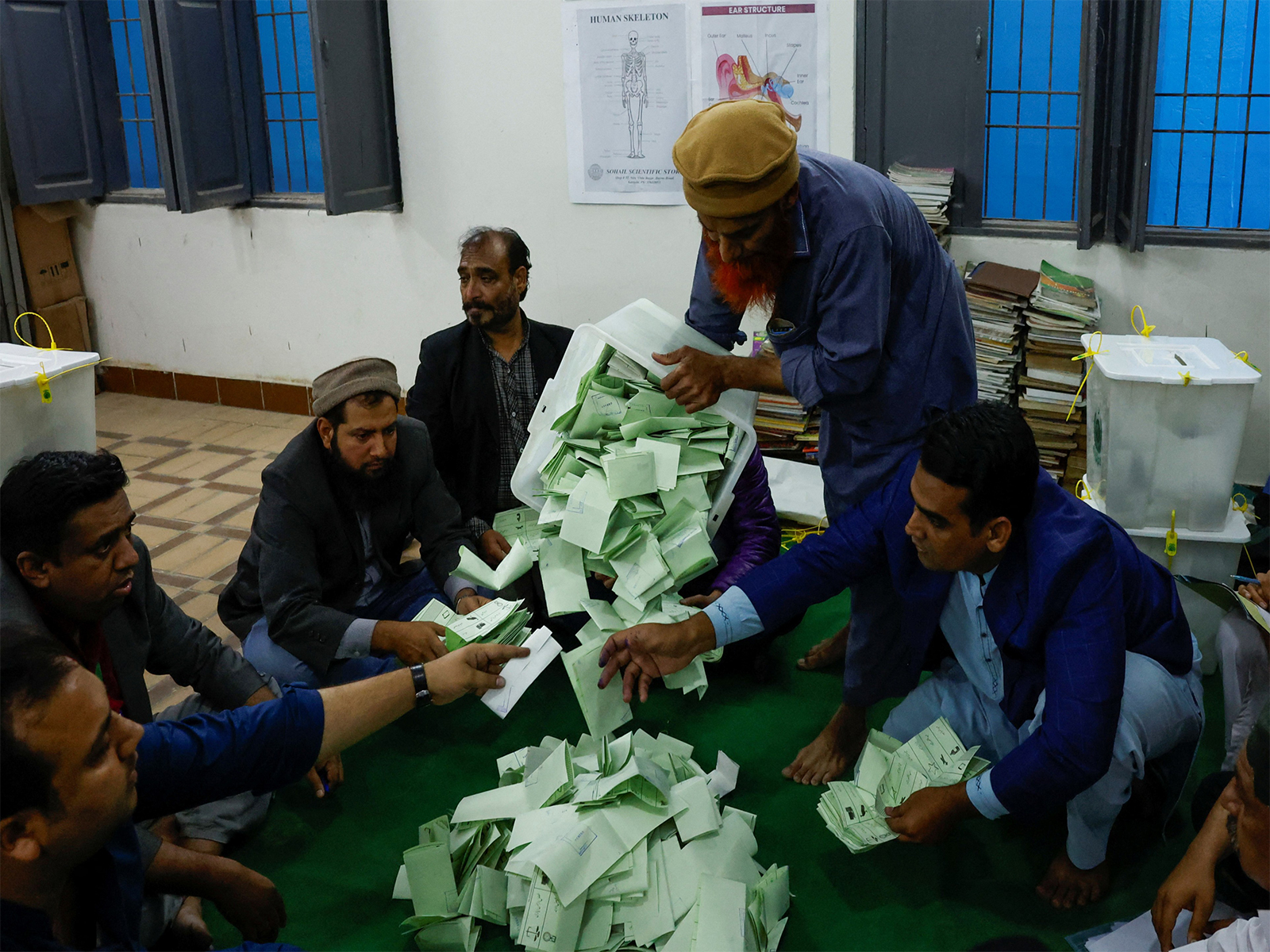It has been two years since Hamas fighters broke through the Gaza siege, launching an attack on military sites, kibbutzim and a music festival within Israel’s borders. The group, alongside others, killed just over 800 Israeli civilians…
Author: admin
-
UNICEF official says Gaza babies forced to share oxygen masks, Israel challenges UN data – Reuters
- UNICEF official says Gaza babies forced to share oxygen masks, Israel challenges UN data Reuters
- Two years of hellish war have devastated Gaza’s children Unicef
- With nearly 20,000 dead, children biggest victims of Gaza genocide | Daily Sabah
Continue Reading
-

Breaking Down Carlos Sainz’s Charge to P10 in Singapore
The Marina Bay Street Circuit is one of the toughest venues on the calendar for overtaking – so how exactly did Carlos Sainz go from the back of the grid to the final points-paying position at the 2025 Singapore Grand Prix?
Thanks to a…
Continue Reading
-
Cousins, roomies & quarter-finalists: Rinderknech & Vacherot light up family group chat – ATP Tour
- Cousins, roomies & quarter-finalists: Rinderknech & Vacherot light up family group chat ATP Tour
- Griekspoor vs. Brooksby Prediction at the Rolex Shanghai Masters – Friday, October 3 Bleacher Nation
- ATP Shanghai Valentin Vacherot vs Tallon…
Continue Reading
-

Know schedule and watch IND vs SGP live streaming and telecast
The Indian men’s football team will play back-to-back ties against Singapore in Group C of the AFC Asian Cup 2027 Qualifiers on Thursday and Tuesday.
The India vs Singapore football matches in the AFC Asian Cup Qualifiers will be available to…
Continue Reading
-
Army brass warns India any ‘imaginary new normal’ to be met with ‘new normal of swift retributive response’ – Dawn
- Army brass warns India any ‘imaginary new normal’ to be met with ‘new normal of swift retributive response’ Dawn
- ‘India United Only Under Aurangzeb’: Pak’s Khawaja Asif’s Provocative Remark NDTV
- ‘Risks are real’: Pakistan defence minister…
Continue Reading
-

France’s crisis takes an unexpected turn as Macron’s allies defy him
President of France Emmanuel Macron prepares to deliver a speech during a state banquet at Guildhall on July 9, 2025 in London, England. President Emmanuel Macron and Mrs Brigitte Macron are in the U.K. for the first visit state visit made by…
Continue Reading
-

GenZ212 Temporarily Suspends Protests Ahead of Parliamentary Session
Rabat – The Moroccan youth movement GenZ212 announced on Tuesday a temporary suspension of nationwide demonstrations until Thursday, recognizing the recalibration of efforts and strengthened coordination ahead of a critical…
Continue Reading
-
Why are PPP and PML-N currently feuding? – Dawn
- Why are PPP and PML-N currently feuding? Dawn
- PPP, PML-N should resolve issues, move forward: Rana Sanaullah Dawn
- Maryam vows to keep speaking for Punjab The Express Tribune
- President Zardari tasks Naqvi with mediating between PML-N, PPP The…
Continue Reading

